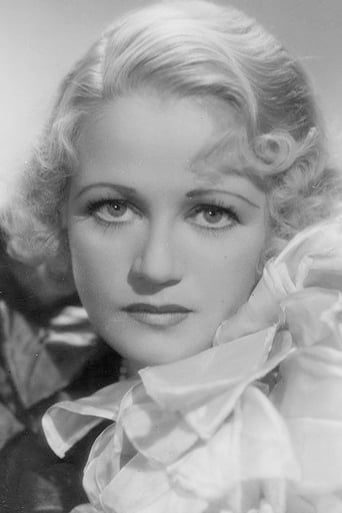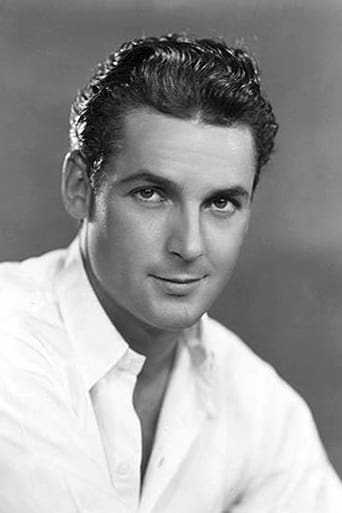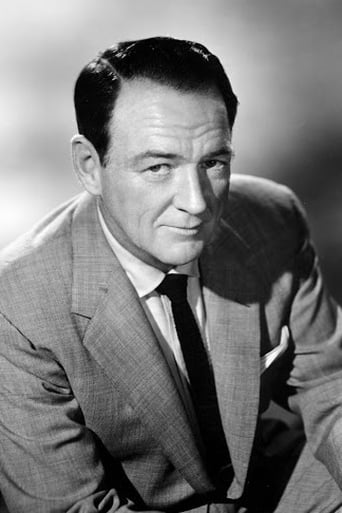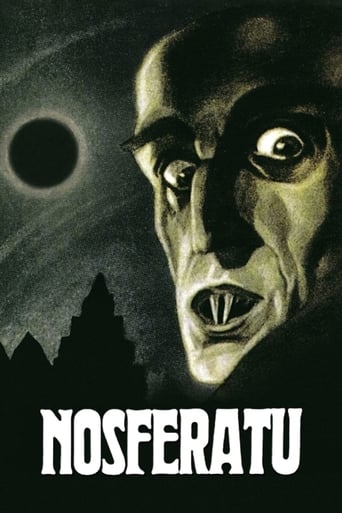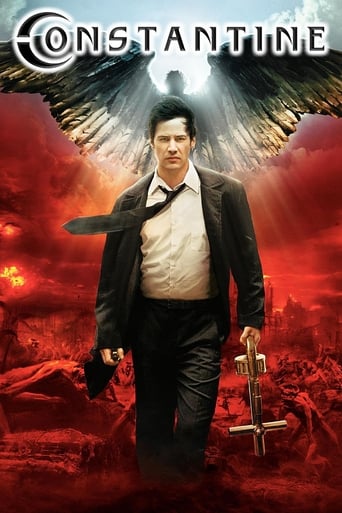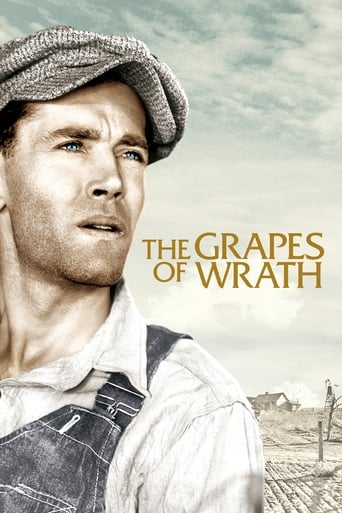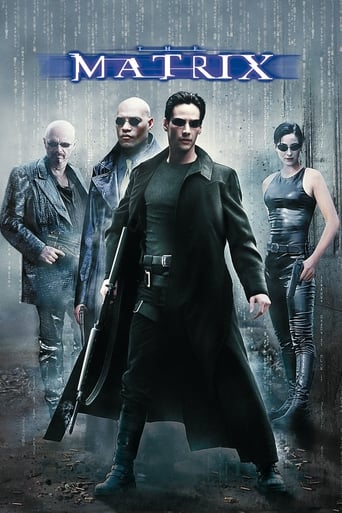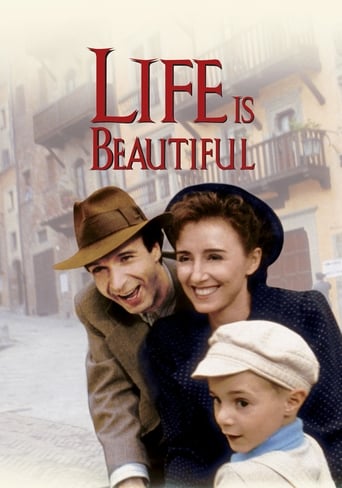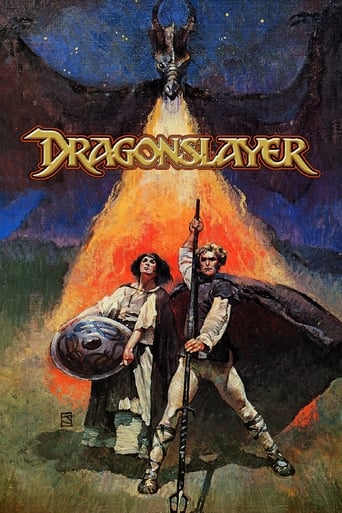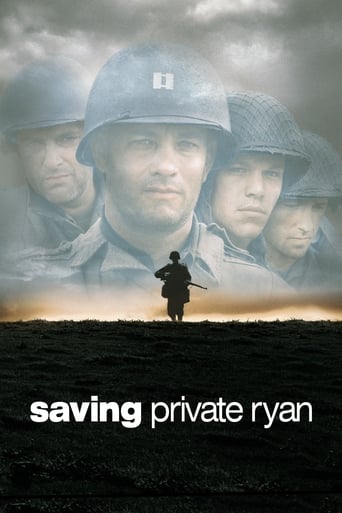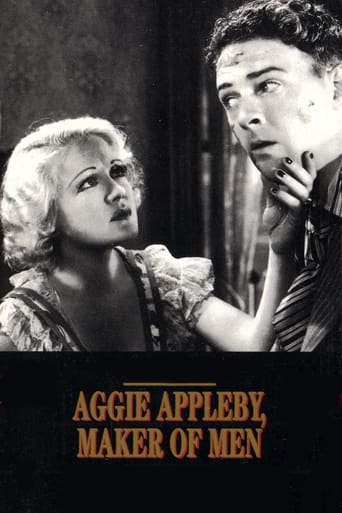

Aggie Appleby, Maker of Men (1933)
Tough Aggie gives a street guy polish and a rich kid gumption.
Watch Trailer
Cast


Similar titles
Reviews
Delightful intelligent romantic comedy. Wynne Gibson stars as the title character Aggie Appleby. Aggie marries a roughneck named Red Branahan (William Gargan). After Red is sent to prison, Aggie is left homeless and, through a comical turn of events, winds up sharing the apartment of meek wimp Adoniram Schlump (Charles Farrell). She begins to help Schlump turn his personality around, gain some confidence, and even find a job using her husband's name and reputation. But this is just the start of the story as the two fall in love right as her husband gets out of prison.This is an undiscovered gem. A Depression-era comedy that's smart and fun, with snappy dialogue and endearing performances by all. Wynne Gibson is exceptional and I'm surprised she didn't go on to better things. My only complaint is I was hoping for a different ending but got something predictable. This time the production code can't be blamed either. Still, it's not enough to detract from an excellent film.
The tough Wynne Gibson is the live-in girlfriend of brutish William Gargan who goes to prison for beating up cops in a riot at the restaurant where Gibson works. Now fired, she is kicked out of her room by landlady Jane Darwell. Pal Zasu Pitts, a maid, allows Gibson to sleep in one of the rooms where she works while its tenant, Charles Farrell, is out. Gibson, sort of a modern day Snow White (who obviously drifted), is sound asleep when Farrell comes in, and feeling sorry for her, Farrell allows her to stay. In return, she decides to help him find a job by becoming tougher. But when Gargan gets out of prison, the two are in for trouble! This is the prototype for what made movies so fun before Will Hays came in with his scissors, filled with innuendos throughout and so many witty lines. The script basically burlesques the tough dialog of depression era New York, and Gibson goes to town with lines like "Life begins and ends in the bed. And then some." and "Quit talking like a lollipop. Put some words with hair on them." Even the hand-wringing Pitts gets into the act, quipping with "I figure men are like trees. The more you tap them, the faster the sap comes out." Pitts sums up Gibson's situation with "You may think you're in love with two men, but one of them is just indigestion." Gibson, who stole her brief scene in the all-star "If I Had a Million" as an obvious prostitute who chooses to take her millions, rent a darkened hotel room, and sleep alone, has a presence of nobody else from this era, although it is obvious that she was modeled on Mae West. Farrell, free from those sunny Janet Gaynor musicals at Fox, gets to explore two sides of his character, and Pitts makes the most of every moment she is on screen as well.The opening credits of the elevated train going through the lower east side of Manhattan are a visual treasure. You won't run into Leo Gorcey or Huntz Hall in this part of the Bowery!
"Aggie Appleby" sounds like the name of a character that should be in a series, like "Torchy Blane" or "Maisie Ravier." But, alas, this is it. It makes one wonder how playwright Joseph Kesselring came up with such a name for this character in the first place, and if it was a tribute to somebody he knew.This film occasionally betrays its stage play origins, but that's not bad. If you're a fan of this genre and time period, you've seen this story many times. Yet, there are just enough variations and plot twists to keep this interesting, which is a credit to the script. It's always interesting to see how a script writer gets out of seemingly dead end plot threads.There are many well-known actors in this movie; but I watched it in part because I was unfamiliar with the female lead, Wynne Gibson, who does credit to her part. And there's a close-up of her with co-star Farrell which brings out the beauty in her hair and helps define the term, "silver screen." I'm always surprised when I watch Charles Farrell in one of his early films. He was so different -- in appearance, in voice, and in mannerisms -- than the mature actor I watched in "My Little Margie" on TV. Here, he plays the romantic lead, the naive youth educated by Gibson's woman of experience.And Jane Darwell...how many times did she play The Landlady (or The Ma, or Mrs. So-and-So)? Too many to count! She had the part, however small, down pat.Finally, nobody can twitch her nose (indeed, half her face) as Zasu Pitts does here. She gives Elizabeth Montgomery (and now Nicole Kidman) a run for the money. (Look for it in her scene with Farrell on the stairs, or you may miss it.) My only complaint with this movie is one I have with many from its time (and even with some from today), i.e., jerky editing. There are a number of scene transitions where the break between takes is all too obvious -- characters out of position and out of look.I gave this movie a middling score. Had I rated it when it was made, I might have assigned it a point higher, but I'm too spoiled, perhaps, by advances in movie-making that have developed since. Still, in my opinion, this movie is well worth the seventy-some minutes it takes to watch.
The Depression era comes alive in this film about a waitress (Wynne Gibson) who falls in love with a street-fighting hoodlum, Red Branagan (William Gargan). When Branagan goes to prison for beating up some cops, Aggie is left broke and on her own, eventually meeting Adoniram Schlump (Charles Farrell), a rich sissy from Upstate trying to make it in the big city. Under Aggie's tutelage, Schlump takes on Branagan's identity and his combativeness. Then the real Branagan gets out of prison....Gibson and Gargan are particularly good as a couple of tough New Yorkers struggling to make ends meet, and Farrell (reminiscent here of Harold Lloyd, whom he slightly resembled) comes alive as a neurotic rich boy who finds success as a brawler. The film's use of slang is especially entertaining -- dated, but colorful. (Aggie tells Schlump: "Stop talking like a lollipop. Use some words with hair on them.")Can't help wondering whether the film's clever title would have been possible a year or two later, with the coming of the Production Code.


